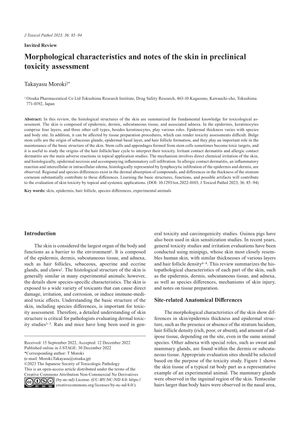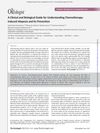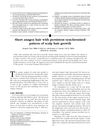Morphological Characteristics and Notes of the Skin in Preclinical Toxicity Assessment
December 2022
in “
Journal of toxicologic pathology
”
epidermis dermis subcutaneous tissue adnexa bulge stem cells sebaceous glands epidermal basal layer hair follicles irritant contact dermatitis allergic contact dermatitis stratum corneum dermal absorption skin layers skin appendages skin stem cells skin glands skin irritation skin allergy skin barrier

TLDR Skin structure complexity and variability are crucial for assessing skin toxicity in safety tests.
This review outlines the histological structures of the skin, including the epidermis, dermis, subcutaneous tissue, and associated adnexa, which are essential for toxicological assessments. It highlights the complexity of the skin's structure, such as the variation in epidermal thickness across species and body sites, and the influence of tissue preparation on toxicity assessments. The review emphasizes the role of bulge stem cells in the formation of sebaceous glands, the epidermal basal layer, and hair follicles, noting that these cells and their appendages can be targets of toxicity. It also discusses the primary adverse reactions to topical applications, namely irritant and allergic contact dermatitis, detailing their mechanisms and histological presentations. Additionally, the review mentions the variability in dermal absorption due to regional and species differences, particularly the thickness of the stratum corneum. Understanding these skin structures, functions, and potential artifacts is crucial for evaluating skin toxicity from both topical and systemic exposures.




